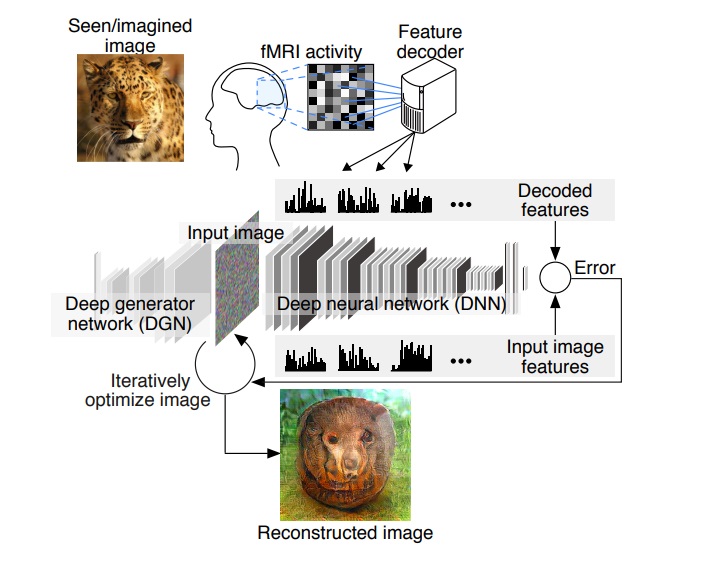As reported by No Film School in their NAB 2018 coverage, Blackmagic Design has just announced the next iteration of their Pocket Cinema Camera: 4K for under $1300 USD.
Shipping in September, according to Jacob Kastrenakes of The Verge:
“The new Pocket Cinema Camera 4K has a ton of features that’ll appeal to that market — like a mini XLR connector, LUT support, and 4K recording at 60 fps — but it still has limitations that’ll keep the camera confined to a niche audience (which, to be fair, is kind of true of every camera). Basically, unless you’re a filmmaker who’s typically in control of lighting and the overall environment they’ll be filming in, this camera probably isn’t for you. It doesn’t have in-body stabilization, and the small sensor will struggle in low light and require adaptors to get the depth of field you’d get from full frame or even Super 35 cameras. That might not matter to some filmmakers, but it could be an issue for people on fast shoots or traveling to unfamiliar locations.”
Here are the specs:
- Full size 4/3 sized sensor
- Native 4096 x 2160 resolution
- 13 stops of dynamic range
- Up to 25600 ISO
- Carbon fiber polycarbonate composite body
- Built in SD, UHS-II and CFast card recorders
- USB-C expansion port for external SSD or flash disk
- Features full size HDMI output
- Professional mini XLR
- 3.5mm audio jack
- Built in 5” LCD touchscreen a
- 3D LUTs
- 4th generation Blackmagic color science
- Supports remote camera control via Bluetooth
My take: Wow! There are so many great high-resolution video cameras available right now or in the near future.





